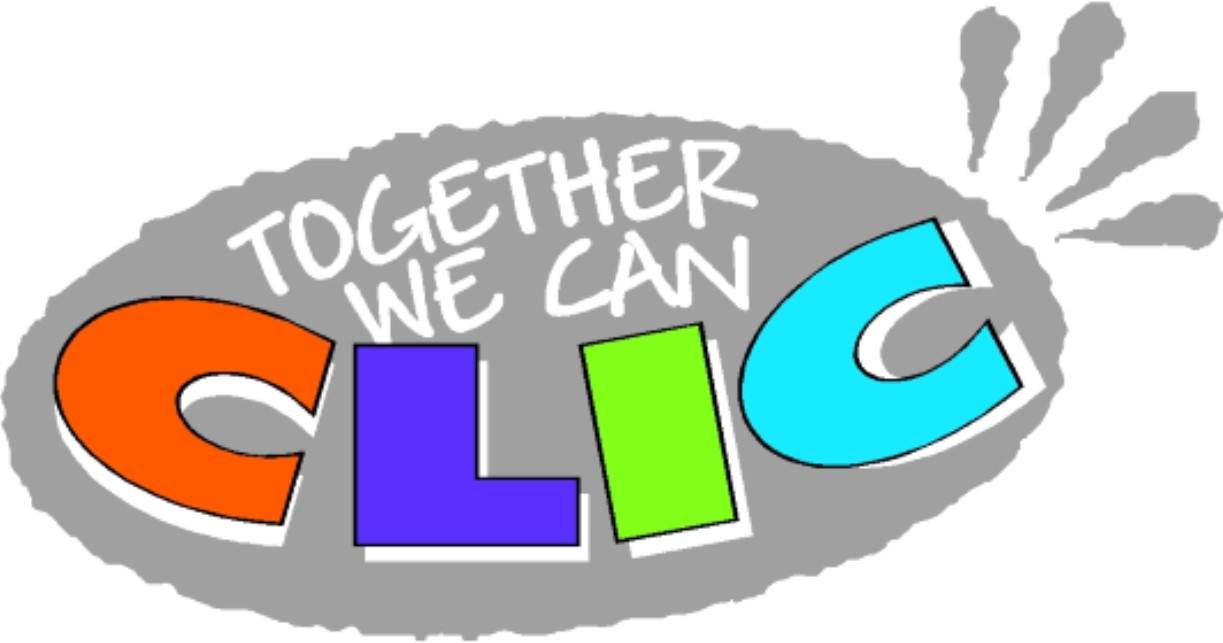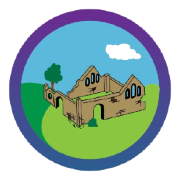Welcome to Year 6
Autumn Term 1:
Year 6 have had a fantastic first few weeks back at school, and are making excellent role-models! In the first week of term, 60 children enjoyed a trip to Runway's End, where they took part in a range of challenging and team-building activities; the leaders all commented on how polite and enthusiastic the children were. On our return to school, Year 6 have spent time exploring the text ‘The Arrival’ and were able to create their own diaries and narratives with their own ideas. In maths, Year 6 have been exploring place value up to 10,000,000 and have shown their understanding using a range of different representations.
Autumn Term 2:
This term, Year 6 have been learning how to effectively create tension in their writing, by studying a range of novels including Holes and Skellig. We have discussed the techniques used and how these make the reader feel; children have then applied these in their own narratives and produced some work to be very proud of! In maths, we have been consolidating the methods of long multiplication and division. We have also begun calculating with fractions.
In geography, we have been answering the question 'How do you use a map?' and have used the 8 points of a compass, along with 6-figure grid references, to give specific locations. We have also been completing our design technology work on stockings! All of the children have worked exceptionally hard with their sewing skills and have produced some beautiful creations. Photos of these will be in the school newsletter in the new year.
Spring Term 1:
In the Spring term, Year 6 have continued learning about fractions, decimals and percentages and have been practising converting between the forms, as well as finding fractions and percentages of amounts. In English, we have enjoyed watching the video ‘The Piano’ and writing emotive narratives to match this. Our use of emotive language was fantastic and we used flashbacks to make the reader feel connected to the main character, Frank. In addition to this, we have also explored a range of unfamiliar texts and used these to examine how the author had used tension and suspense within the writing.
In history, we have begun learning about how medicine through time, answering the key question: 'Why has medicine developed over time?' We have enjoyed learning about some very shocking treatments that were used in the past!
Spring Term 2:
We are thrilled to share that Year 6 has had a fantastic half term! Over the last six weeks, the students have been deeply engaged in learning about the incredible journey of Ernest Shackleton and the Endurance. We were very fortunate to have Andy Tourell from Ocean Infinity, as well as maritime archaeologist, Mensun Bound visit us to share fascinating insights about the incredible story of Ernest Shackleton. Mensun also shared his own personal logs and photographs from his successful expedition, Endurance 22, to locate the wreck of the Endurance. We thoroughly enjoyed this experience and are extremely grateful to Andy and Mensun for their time.
In Maths, our focus has been on fractions, shapes, and algebra, with students showing great progress and enthusiasm. Additionally, our PE sessions have been filled with fun and energy as the children enjoyed playing football and developed their teamwork strategies.
Summer Term 1:
It has been an incredibly busy and productive half term for Year 6, and we couldn’t be prouder of each and every one of the children. They all showed incredible dedication and resilience as they tackled their SATs tests, and we want to congratulate each and every one of them for their hard work and determination.
This half term, we were also delighted to introduce a dedicated sports coach who has been working exclusively with Year 6 each week, helping to keep everyone active and energised. Another highlight was our inspiring Aurora Art workshop, led by a professor from the University of Southampton. Using black paper, chalk, and the awe-inspiring beauty of the northern lights as their muse, the children created stunning pieces of artwork. A big thank you to the Friends of the School for helping to organise this wonderful experience.
To top it all off, we’ve announced our exciting end-of-year production: Matilda! The buzz is already building, and rehearsals will be starting soon.
Well done, Year 6 – it’s been a fantastic half term!
The Year 6 Summer Term 1 overview can be found here
SATs information
On the 10th of October, we held a SATs information evening for all Year 6 parents. This meeting answered questions such as:
- - When will SATs week be?
- - What will SATs week be like?
- - What do SATs questions look like?
- - How will results be shared?
- - What are Netley Abbey Junior School doing to get my child ready for SATS?
- - How can I help my child?
- - What will my child need to do to prepare for SATs?
- - What are we doing to support children’s wellbeing throughout the year and in preparation for the SATs?
If you were unable to attend or would like to read over the information again, the powerpoint from the presentation can be found below.
SATS Evening 2024
Here is our Reading Bookcase, which shows the key texts we will read across the curriculum in Year 6:

We use our CLIC values to help us to learn to the best of our ability. We believe that every child has the right-

C– to be a confident communicator
L– to learn
I– to improve their health
C– to be part of a community
At Netley Abbey Junior School, these ideas underpin all of our learning. With this in mind, please take some time to see what we have been up to in class.
If you would like any further information about our curriculum, please feel free to talk to our class teachers in the first instance who should be able to answer any queries. Alternatively, you can direct any questions to Mrs Rosie Earle, Federation Director of Teaching and Learning.
Moore - Miss Phillips (Year 6 Lead)
Sellwood - Mrs Fulton and Mrs Major
Castle - Miss Edmunds
We would like children to have their PE kit in school every day, however, we understand that they do need washing, so children may take them home over the weekend and bring them back the following week. P.E. kits will be sent home at the end of each term.
Please ensure your child has trainers in school at all times, for the Golden Mile.
Homework is always given out on a Friday and hand-in day is Wednesday.
In Year 6, each week, children are expected to complete:
Reading for 30 minutes a day for 4 days (this could include a story before bedtime)
Spellings practice for 10 minutes a day for 4 days
Times Tables practice (TT Rockstars) for 10 minutes a day for 4 days
If children cannot complete their homework at home, they should attend 'Homework Club' which is on a Wednesday lunchtime.
At Netley Abbey Junior School, we use the ‘VIPERS’ to help us answer questions about the books that we read. Your child should know all about these in Year 6, but here is a link with questions that you might like to use at home when reading with your child.
Reading VIPERS for parent
Recommended Reading Lists

Please see the link below for recommended reads for Year 6 - these have been carefully chosen to represent a wide range of age-appropriate themes:
Recommended Reading List for Year 6
Termly Updates
Year 6 recently visited Runway's End Outdoor Centre as part of our residential. We had an amazing time and the children loved being able to challenge themselves with a range of different activities!
Following this trip, your child will be bringing home a USB stick with pictures from their time at Runway's End.



